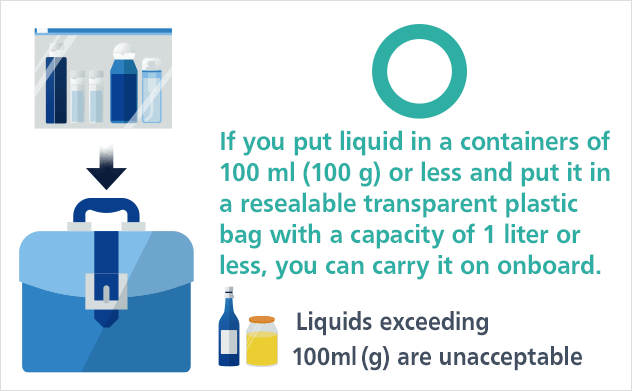Roadside Assistance Why It’s Essential for Travelers
Why Roadside Assistance is Essential for Travelers
Ensuring Peace of Mind
Embarking on a journey, whether short or long, can be an exhilarating experience. However, the thrill of exploration often comes with uncertainties, especially when it comes to vehicle reliability. Roadside assistance services act as a safety net, providing travelers with the peace of mind that help is just a phone call away in case of emergencies.
Immediate Response to Breakdowns
One of the primary benefits of roadside assistance is the swift response to vehicle breakdowns. Imagine being stranded on a remote highway with a flat tire or engine trouble. Roadside assistance providers dispatch trained professionals who can quickly assess the situation, provide necessary repairs, or tow the vehicle to a nearby garage if needed. This rapid response can save travelers from significant inconvenience and delays.
24/7 Support Anywhere, Anytime
Emergencies don’t adhere to regular business hours, and neither does roadside assistance. These services operate round the clock, seven days a week, ensuring that help is available at any time of the day or night. Whether you’re on a road trip during the wee hours or encountering issues during a weekend getaway, knowing that assistance is accessible anytime offers a sense of security.
Wide Range of Services
Modern roadside assistance packages offer a comprehensive range of services beyond basic towing. Depending on the provider and plan chosen, travelers can benefit from services such as battery jump-starts, fuel delivery in case of running out of gas, locksmith services for lockouts, and even minor mechanical repairs to get the vehicle back on the road promptly.
Cost-Effective Solution
While some travelers might hesitate to invest in roadside assistance due to perceived costs, it’s crucial to consider the potential expenses of handling emergencies independently. Towing services, repairs, or even simple tasks like unlocking a vehicle can incur significant costs when arranged separately. Roadside assistance plans, on the other hand, offer a cost-effective solution by bundling these services into affordable packages.
Coverage Beyond Personal Vehicles
Roadside assistance coverage often extends beyond personal vehicles, encompassing rental cars as well. This feature is particularly valuable for travelers exploring destinations via rented vehicles, ensuring that they are covered for unforeseen incidents during their rental period. It eliminates the need to purchase additional insurance or worry about unexpected expenses.
Expertise and Reliability
When facing vehicle issues, having access to trained professionals adds a layer of assurance. Roadside assistance providers employ skilled technicians who are equipped to handle various roadside challenges efficiently. Their expertise and reliability mean that travelers can trust in the quality of service delivered, minimizing downtime and disruptions to their journey.
Enhanced Travel Experience
Ultimately, investing in roadside assistance contributes to an overall enhanced travel experience. It allows travelers to focus on enjoying the journey without constantly worrying about potential vehicle mishaps. Whether embarking on a solo adventure or a family road trip, knowing that assistance is readily available instills confidence and allows for a more relaxed and enjoyable travel experience. Read more about prepare for a











